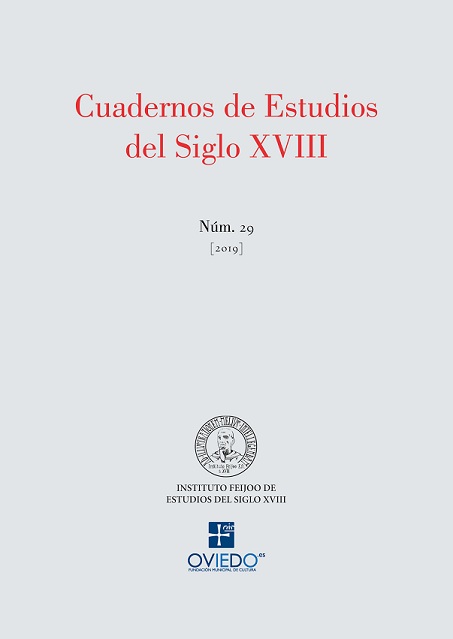Resumen
RESUMEN
El siglo XVIII significó un regreso a la tradición clásica, incluso en los aspectos urbanísticos. Sin embargo, el tradicional plano hipodámico ya se había aplicado desde los inicios de la presencia española, muchas veces por razones prácticas. En consecuencia, el urbanismo del siglo XVIII se planteó sobre todo en cuestiones más profundas, teniendo en cuenta asuntos como las concentraciones humanas, defensa, higiene, seguridad, ocio, etc., fundamentadas en la tradición clásica. Un aspecto interesante es el planteamiento utópico que tendrá su especial reflejo en la planificación de Riobamba por Bernardo Darquea, con un proyecto que pudo fundamentarse en las antiguas teorías de Vitruvio.
PALABRAS CLAVE
Urbanismo, Hispanoamérica, Herencia clásica, Siglo XVIII.
TITLE
The classical inheritance in american urbanism of the Eighteenth century, between tradition and innovation
ABSTRACT
The 18th century supposed a return to the classical tradition, even in the urban aspects. Nevertheless, the traditional hipodamic plan had already been applied since the beginning of the Spanish presence, often for practical motives. Consequently, the urbanism of the eighteenth century was raised above all in deeper issues, considering aspects of human concentrations, defense, hygiene, safety, leisure, etc., based on the classical tradition. An interesting aspect is the utopian approach, which would have its special reflection in the planning of Riobamba by Bernardo Darquea, with a plan that goes back to the urban convention of Vitruvius.
KEY WORDS
Urbanism, Spanish America, Classical Heritage, 18th century.

